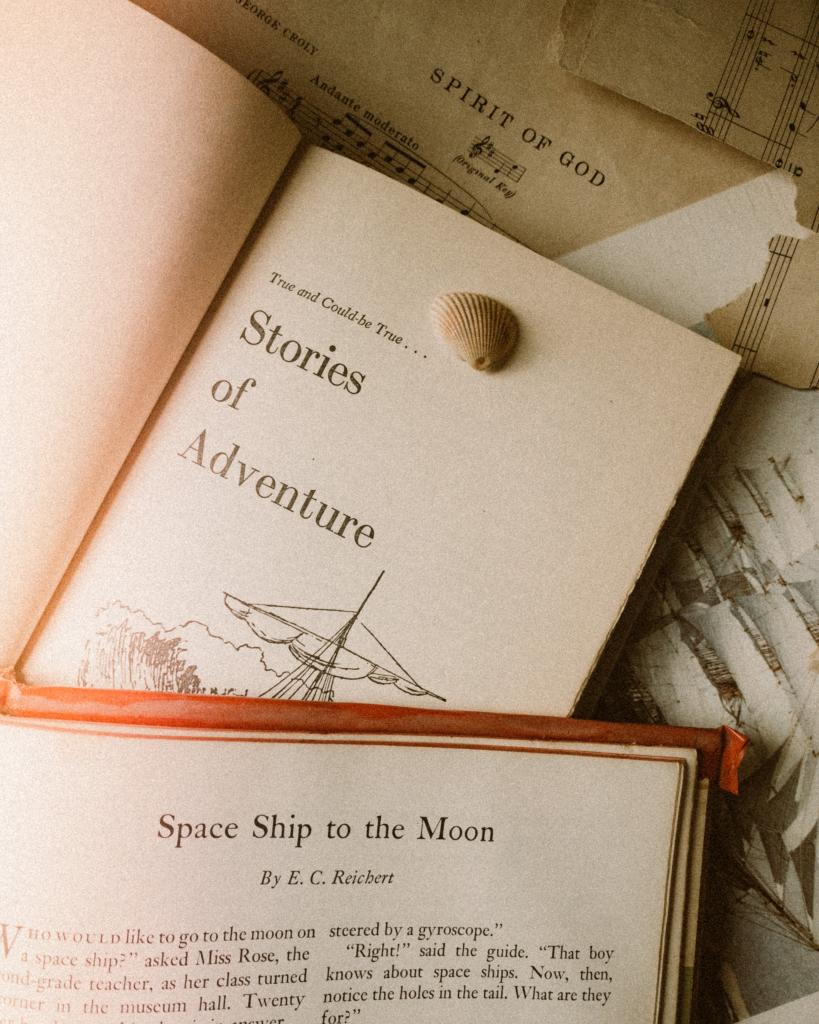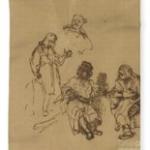The film “Up!” begins with one of the most poignant sequences in film history. It tells the story of two young lovers (Carl and Ellie) who share the same hopes and dreams of high adventure, but whose lives — as pleasant and filled with love as they are — unfold in a very different fashion than they imagined. When Ellie dies, she leaves behind a scrapbook that created as a child. Most of the pages are blank and devoted to adventures she is going to have. After Ellie’s death, Carl agonizes that they never had the adventures they wanted to have.
It is only late in the film that Carl discovers that Ellie thought of their lives as an adventure and the pages, in fact, have been filled with photos of the things they did do together. Much to his surprise, at the very back of the book is Ellie’s invitation to Carl — “go have a new one.”
Stories loom larger in our lives than we imagine. We love to tell them, of course and, if they are told well, we love to hear them. They entertain, divert, teach, and inspire.
But stories are so much a part of our lives that it is easy to take them for granted. Their homely, commonplace character — the realization that anyone can tell a story and the assumption that if they are well told anyone can understand them — all this tempts us to believe that they really can’t be all that important. Factor in the rarified and specialized worlds in which we have all been reared and educated, where vocabulary, skills, and training initiate us into worlds that are cut off from other rarified and specialized worlds — and stories don’t seem to matter that much.
We assume, all too easily, that the wide, sure road to problem solving and wisdom lies in mastering concepts, memorizing data, and acquiring skills. But storytelling is far more powerful. As an instrument of personal, emotional, social, and spiritual transformation, stories – much more than concepts – possess the power to move, change, encourage, and heal us.
If you can tell a story and then imagine how to tell the next chapter of that story you have discovered a creative tool for spiritual transformation. The key lies in telling that story in God’s presence and in asking God to help you discover what that next chapter is all about. It is here that the church’s practice of spiritual direction differs markedly from the contemporary self-help movement, which reduces that storytelling to a private endeavor, or – even from some (not all) forms of modern therapy – which think of that journey in terms of emotional healing.
Spiritual direction is a lifelong journey into God in Christ, in which we become the companions of Christ and in which we place our lives back into God’s hands, whatever our circumstances. This approach to personal storytelling rests on a number of deeply held convictions:
We are never alone in living out our stories.
We live them out in God’s presence.
We never live out those stories in isolation.
We live them out in connection with God and with others.
We do not live out our stories for our own sake.
We live them out for the sake of others, who are on their own journey into God.
Those stories are not lived out by dint of effort.
They are lived out in dependence upon God’s grace.
As such, spiritual direction is not an alternative to life in community.
It is a spiritual discipline practiced by those who are members of the body of Christ.[1]
So, here are some suggestions for life-giving storytelling:
What have been the major chapters in your life story?
What has been at the center of the stories that make up those individual chapters — people, places, jobs, successes, failures, triumphs, and tragedies?
Where are you in the story now?
What is the next chapter about?
Ask God to help you find answers to these questions. Tell your story to someone who loves you and will support you in writing the next chapter. Then live the adventure that is life in Christ.
[1] I acknowledge that this not how spiritual direction is universally understood. It represents, however, what I believe rightly contextualizes spiritual direction from a Christian point of view.
Photo by Benigno Hoyuela on Unsplash













